PRESERVING A MILITARY LEGACY FOR FUTURE GENERATIONS
The following Reflections represents PFC Raymond Ringgold’s legacy of his military service from 1943 to 1946. If you are a Veteran, consider preserving a record of your own military service, including your memories and photographs, on Togetherweserved.com (TWS), the leading archive of living military history. The following Service Reflections is an easy-to-complete self-interview, located on your TWS Military Service Page, which enables you to remember key people and events from your military service and the impact they made on your life. Start recording your own Military Memories HERE.
Please describe who or what influenced your decision to join the Army.

By the time I graduated from high school in 1942, World War II was well underway. My father was an air raid warden, and when there was a blackout drill, we walked the neighborhood to make sure all curtains were drawn tight and there were no visible lights.
The Government decided that there was a shortage of engineers, and they established the Army Specialized Training Program (ASTP). This was an intensive study program to provide an Engineer’s Degree in two years. It sounded good, so on August 27, 1943, I enlisted in the Army. I reported to the Reception Center at Fort Meade, Maryland, on September 17, 1943, just 17 days after my 18th birthday.
Whether you were in the service for several years or as a career, please describe the direction or path you took. What was your reason for leaving?

On September 25, 1943, I departed Fort Meade for the Infantry School at Fort Benning, Georgia. I was assigned to the 16th Company, Fifth Training Regiment, ASTP. I learned I had been accepted for Basic Engineering, Term One but first had to learn to be an Infantryman. Basic training was 13 weeks of intensive physical and military training. Our Platoon Leader had been a Physical Education Trainer at a Texas University and really got us into excellent physical shape. Monday through Friday, we had a five-mile cross-country run before breakfast.
On January 10, 1944, we arrived at the University of Missouri, Columbia, Missouri, and found out what it meant to work for a 4-year degree in only two years. The first semester included Chemistry, English, Geography, History, Mathematics, Physics, and Physical education. Our official designation was Co, F – ASTU 3715, University of Missouri.
At the end of the first semester, we were told that the need for infantrymen was more urgent than the need for engineers, so we shipped out for Arkansas.
On April 1, 1944, I was assigned to Co. G, 262 Infantry Regt., 66th “Black Panther” Div. in Camp Robinson, Arkansas. We lived in six-man hutments with a mess hall at one end of the row of hutments and a latrine at the other end. We started infantry basic training again.
The Division was soon moved to Camp Rucker, Ala. The trained men were shipped out as replacements, and we again restarted basic training, which included qualifying with all of the weapons used by an Infantry Company. Having had a Government driver’s license, I was transferred to Regimental Service Company to be a light truck driver.
On October 30, 1944, we arrived at Camp Shanks, NY, to await transport overseas. We departed New York on November 15, 1944, on the U.S. Army Troop Transport S.S. George Washington. We joined a huge convoy and headed for England. We experienced several times when the Destroyer Escorts dropped ashcans and credited themselves with a sub sunk. One of these encounters loosened some plates on our ship. We were taking water but not enough to be in danger. My hammock was on the “G” deck, two decks below the waterline. The hammocks were five or six high, with about 18″ between the top of one and the bottom of the one above.

On November 27, 1944, we arrived in England, landed at Southampton, and went by train to Camp Piddlehinton, Dorchester, England.
We departed Camp Piddlehinton on the night of December 23, 1944. It was pitch black, and we were operating with only the little “cats-eye” lights. Somehow, we arrived at the port, unloaded the troops, and loaded the trucks on LST’s. We left port the night of December 24, 1944, and arrived at Cherbourg, France, the morning of the 25th without knowing what had happened to one of the troopships. When we unloaded the trucks from the LST, we picked up rumors that a ship had been torpedoed, but it was not until we arrived at an abandoned airfield near Rennes, France, that it was confirmed, but not officially. The first official word was that we were not to know anything, and mainly we were not to say a word to anyone about what we knew or thought we knew. Word trickled in that the ship was carrying men from our Division and that of 2100 onboard, about 700 were lost and another 700 badly injured. For more information on this, a book was written in 1963 by Jacquin Sanders, A NIGHT BEFORE CHRISTMAS – THE SINKING OF THE LEOPOLDVILLE. The History Channel also did a T.V. show. The rumors had it that we were heading for the Battle of the Bulge until the ship was sunk.
We stayed in Pup Tents at an old airfield near Rennes, France. A Pup Tent is two shelter halves put together to make a little tent about 4′ wide, 6′ long, and 3′ high. This slept, two men. Each man had a shelter half in his pack. I remember sleeping in a shelter half used as a sleeping bag and brushing the snow out of my hair when I woke up.
If you participated in any military operations, including combat, humanitarian and peacekeeping operations, please describe those which made a lasting impact on you and, if life-changing, in what way?

The Division was assigned to two pockets of Germans at Lorient and St. Nazaire, France. We were first sent to the Lorient sector. Combat, ambush, and recon patrols were sent out daily. Enemy artillery fire ranged from 75mm to 340mm. We moved to the St. Nazaire sector in March 1944 and stayed there until the Germans surrendered in May. After securing the two sectors, we turned them over to the French forces and headed for Germany.
Our stay in Germany was short, and then we headed for Southern France. We assumed we were heading for the Pacific. When we arrived at the Arles staging area, we learned that the 66th Division was to assist in the redeployment and shipping of troops to the Pacific Theater from the Port of Marseilles, France.
In Salzburg, Austria, I was assigned to Service Company, 222 Infantry Regiment, 42nd, Infantry (Rainbow) Division, Vienna, Austria. We had daily runs to Division Headquarters in Salzburg through the Russian occupation zone, which required a special pass. When the war ended, our Division was deactivated, and we boarded a train of “40&8” box cars for our next assignment, Army of Occupation in Austria.
When I had acquired enough points for discharge, I left Vienna, Austria, for Camp Philip Morris, La Havre, France. From there, I boarded the troop transport, S. S. General Anderson, for the trip back to the U.S. The trip took eight days, most of which were fighting a North Atlantic storm. We arrived in New York, were transported to either Fort Dix or Fort Monmouth. I was sent to the Separation Center at Fort Meade, Maryland. I received my Honorable Discharge on April 19, 1946. I had been a soldier for two years, seven months, and two days. I was still not old enough to vote or buy an alcoholic beverage.
Did you encounter any situation during your military service when you believed there was a possibility you might not survive? If so, please describe what happened and what was the outcome.

Artillery fire was our biggest concern. We were frequently under fire from 88mm, 105mm, and 155mm artillery. We were occasionally shelled by 340mm railway cannons. Fortunately for us, the 340mm guns were not very accurate. The shelling with 88mm guns was the most threatening and the most dangerous. As their accuracy improved, your sense of survival decreased. I wasn’t wounded but often felt like the next shell would be close enough to inflict injury or death.
Of all your duty stations or assignments, which one do you have fondest memories of and why? Which was your least favorite?

My fondest memories are of the Army of Occupation in Vienna, Austria. The people were very friendly and appreciated what we had done to liberate them from the Germans. They immediately started restoring their city and rebuilding their lives.
My least favorite memory is the sinking of the troopship, LEOPOLDVILLE.
From your entire military service, describe any memories you still reflect back on to this day.

My time in Vienna, Austria. We were not on the best of terms with the Russian occupation forces, but the friendly attitude of the Austrians more than made up for the Russian attitude.
What professional achievements are you most proud of from your military career?

During my service time, I made no professional achievements, but the experiences definitely benefitted me and influenced my life.
Of all the medals, awards, formal presentations and qualification badges you received, or other memorabilia, which one is the most meaningful to you and why?

The Combat Infantry Badge. It represents the months I spent in the combat zone.
Which individual(s) from your time in the military stand out as having the most positive impact on you and why?

Second Lieutenant Robert J. Bauschelt. He taught me how important my physical condition was to my survival as a soldier.
1st Sgt. Oscar F. Todd. After serving under him, I realized how human a non-com could be and still instill in you that he had authority.
List the names of old friends you served with, at which locations, and recount what you remember most about them. Indicate those you are already in touch with and those you would like to make contact with.

I have not stayed in touch with any of my fellow soldiers and fear that at this late date, there are not many surviving.
Can you recount a particular incident from your service, which may or may not have been funny at the time, but still makes you laugh?

Driving through Paris, in a closed convoy, and the Frenchmen trying to get between our vehicles.
What profession did you follow after your military service, and what are you doing now? If you are currently serving, what is your present occupational specialty?
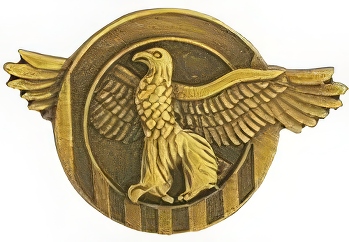
I returned to my job at Fort Meade, Maryland. I continued my education and worked my way up to a position as an Electrical Engineer in the Office of the Chief of Engineers, Washington, DC. I retired from the Government and worked as a consultant in Germany, South Korea, and Indonesia. I am currently retired.
In what ways has serving in the military influenced the way you have approached your life and your career? What do you miss most about your time in the service?
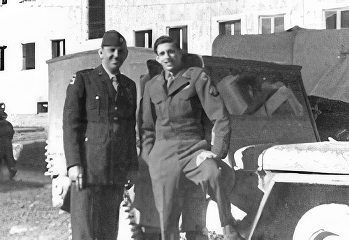
As a young boy from the farming district of Maryland, The Army was a maturing experience. My life has been much better from this experience and has had a great influence on my entire life.
Based on your own experiences, what advice would you give to those who have recently joined the Army?
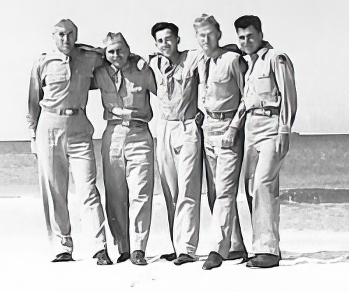
Keep an open mind and try to benefit from your time in the service. Remember you are doing this for your country.
In what ways has TogetherWeServed.com helped you remember your military service and the friends you served with?
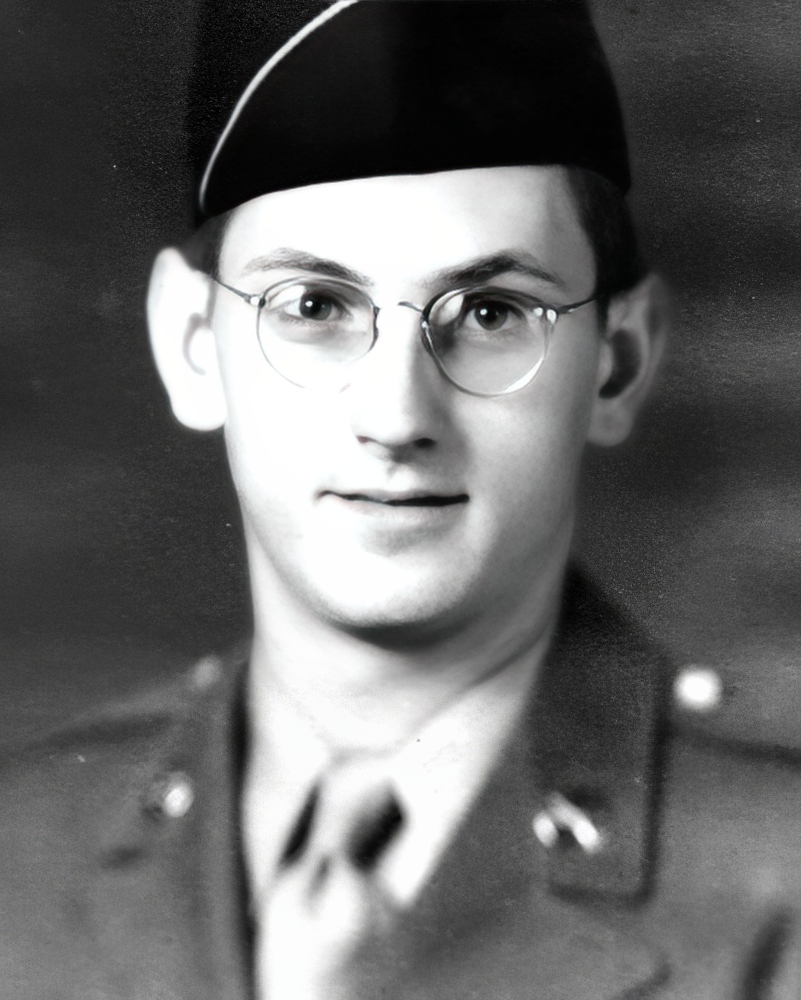
It has made me go back in my memory and recall many of the men I served with and the benefits I derived from my military experience.
PRESERVE YOUR OWN SERVICE MEMORIES!
Boot Camp, Units, Combat Operations
Join Togetherweserved.com to Create a Legacy of Your Service
U.S. Marine Corps, U.S. Navy, U.S. Air Force, U.S. Army, U.S. Coast Guard
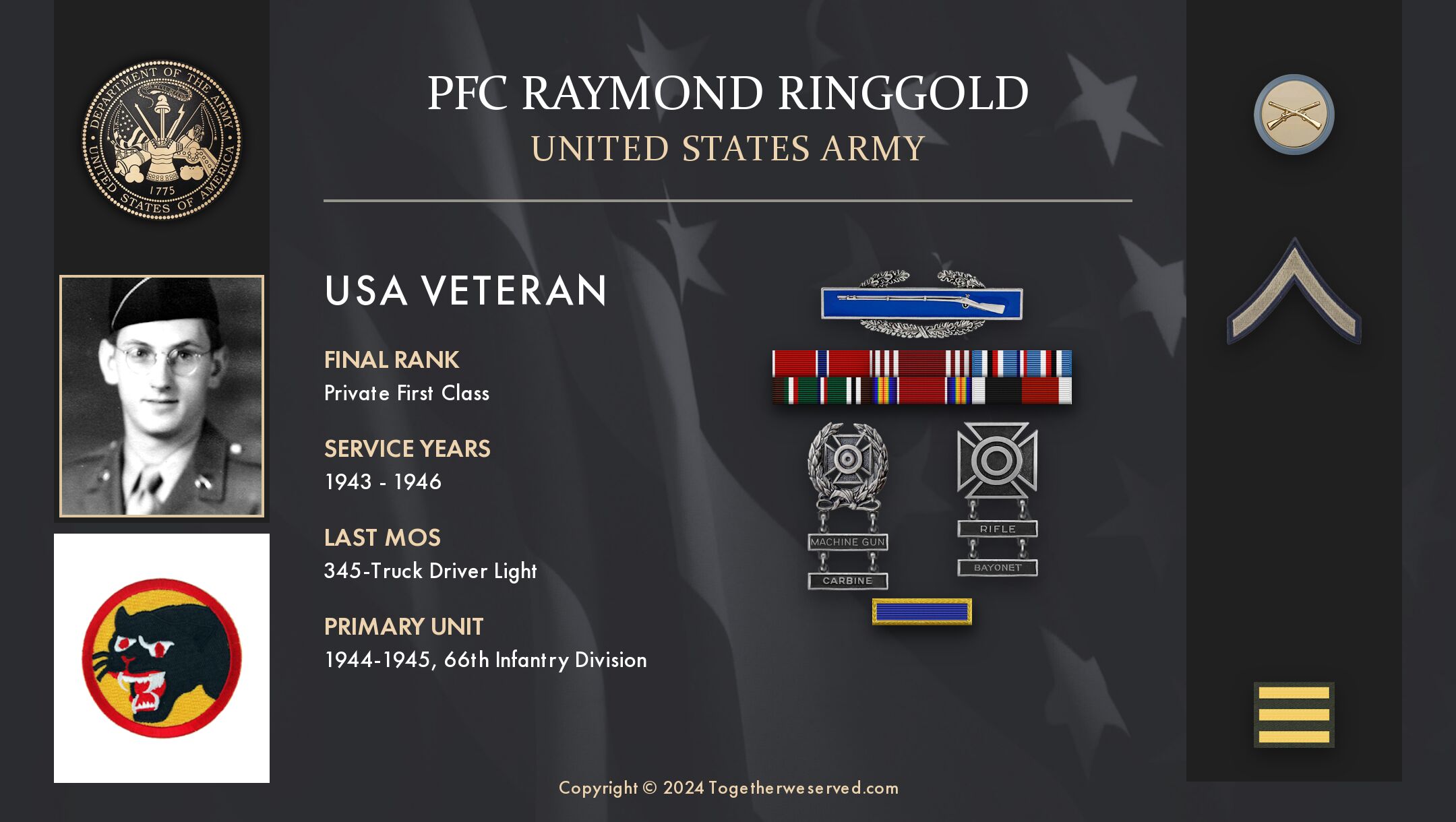
0 Comments